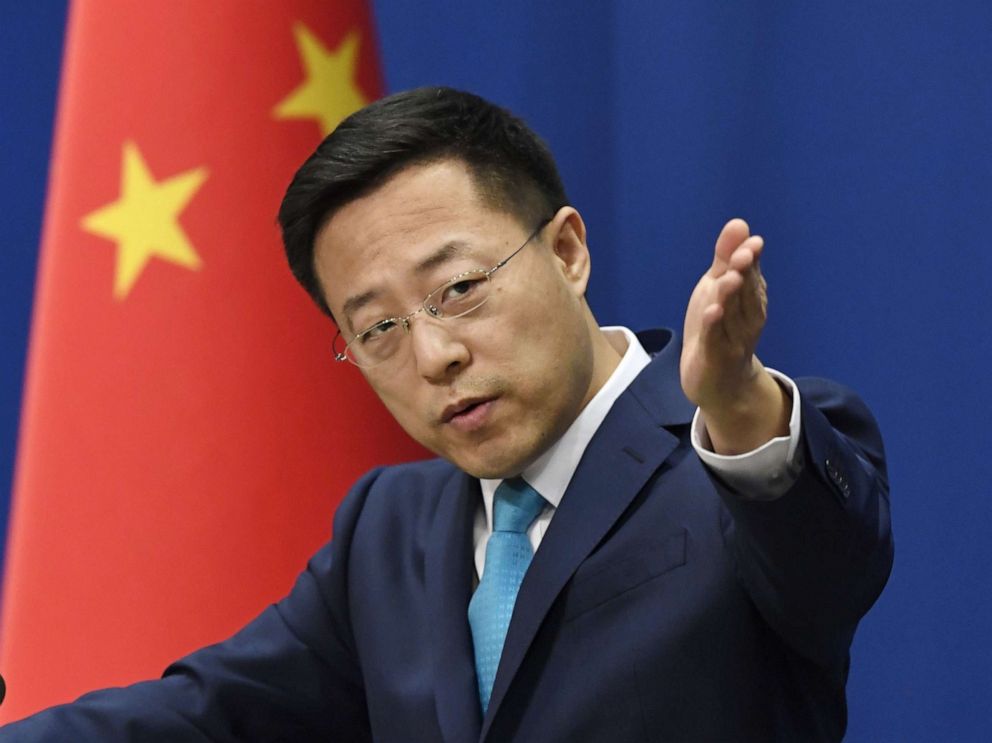
China, India agree to deal with Galwan conflict in 'just manner': Official
China and India have agreed to deal with the "serious matter" caused by the conflict in the Galwan Valley in a "just manner" and both sides are in communication and coordination through diplomatic and military channels, said a top Chinese official.

China and India have agreed to deal with the “serious matter” caused by the conflict in the Galwan Valley in a “just manner” and both sides are in communication and coordination through diplomatic and military channels to de-escalate the tensions as soon as possible, a top Chinese official said on Thursday (June 18).
At least 20 Indian Army personnel were killed in the clashes with Chinese troops in the Galwan Valley in eastern Ladakh on Monday (June 15) night. China’s official media has acknowledged casualties on the Chinese side without mentioning numbers.
On June 18, Chinese Foreign Ministry spokesman Zhao Lijian said that after this incident both sides were in communication and coordination on the matter through diplomatic and military channels.
“Both sides agreed to deal with the serious matter caused by the conflict at the Valley in a just manner, jointly observe the commander level talks consensus and deescalate the tensions as soon as possible and safeguard the peace and tranquillity,” he said.
Related News: Galwan face-off: Outnumbered by Chinese, Indian soldiers fought in dark
“Currently, the overall situation is stable and controllable. We believe under the guidance of the important consensus reached by the leaders of the two countries the sides can deal with the relevant matter jointly, safeguard peace and stability at the border areas and work for sound development of bilateral relations,” Zhao said.
On Wednesday (June 17), Chinese Foreign Minister Wang Yi spoke to External Affairs Minister S Jaishankar and the two sides agreed to “cool down” tensions on the ground “as soon as possible” and maintain peace and tranquillity in the border area under the agreement reached between the two countries.
During the briefing, the spokesman read out the whole press statement issued by the Chinese Foreign Ministry on the telephonic conversation between Wang and Jaishankar.
During the conversation, Jaishankar conveyed to Wang India’s protest in the strongest terms on the violent face-off and said the unprecedented development will have “serious impact” on the bilateral ties.
He asked the Chinese side to reassess its actions and take corrective steps, the Ministry of External Affairs said in a statement in New Delhi.
“The Chinese side took premeditated and planned action that was directly responsible for the resulting violence and casualties. It reflected an intent to change the facts on ground in violation of all our agreements to not change the status quo,” Jaishankar told Wang.
Related News: Army personnel killed in Galwan clash laid to rest with full military honours
A large number of Indian and Chinese troops have been engaged in an eyeball-to-eyeball situation in Galwan Valley and certain other areas of eastern Ladakh for the last five weeks, including in Pangong Tso, Demchok and Daulat Beg Oldie in eastern Ladakh.
Monday’s face-off was the biggest confrontation between the two militaries after their 1967 clashes in Nathu La when India lost around 80 soldiers while over 300 Chinese army personnel were killed in the face-off. The Indian Army has been fiercely objecting to the transgressions, and demanded their immediate withdrawal for restoration of peace and tranquillity in the area. Both sides held a series of talks in the last few days to resolve the row.
The India-China border dispute covers the 3,488-km-long Line of Actual Control (LAC). China claims Arunachal Pradesh as part of southern Tibet, while India contests it.


